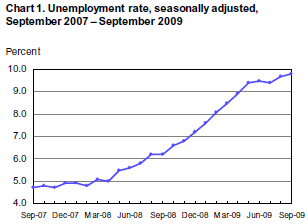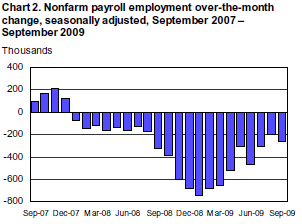The most difficult challenge facing the modern creative entrepreneur is the funding of innovation. Likewise, the greatest constraint on an innovation economy is the funding of innovation. Having great new ideas is the easy part; actually building something around those ideas is hard work.
As such, the funding all of that hard work is the constraint on innovation economy. Traditionally, the “corporation” served as the legal entity within which all the hard work would be contained and the accounting system through which it would be financed. But even that arrangement does not work well enough to support a new economic paradigm for an innovation economy.
Is Wall Street Irrelevant to an Innovation Economy?
Our modern and supposedly efficient financial system in fact punishes innovation. If a company announces a new multi-year allocation of a substantial amount of money toward new innovation, stock price of the company is pushed downward since the funding would apparently be taken from today’s profits. The market would prefer to take their money elsewhere until the (now unfunded) innovation is market ready.
The prospect for the individual entrepreneur is worse. The modern and supposedly efficient banking system does not acknowledge an entrepreneur’s good idea and the work that they are willing to do to reach fruition.
So if most innovation (and the hard work of developing it) is self-funded, and all innovation (and the hard work of developing it) is the basis of all wealth creation, why do we need Wall Street? Ironically, the ‘revelation’ of the next economic paradigm is that Wall Street is ‘irrelevant’.
The opportunity for the future is to develop a financial system that does accommodate the fact of innovation and the willingness of entrepreneurs to do the hard work of developing it.
If taken in aggregate – the total wealth creation of all private innovation is obviously some positive number. If better data were accumulated regarding all the private innovation that is happening, then that positive number for overall wealth creation can be predicted within a range. The better the data are, the smaller the range for this estimate of net wealth creation.
If net wealth creation can accommodate the past and predicted into the future, then a cash flow can be assigned to all private innovation. If a cash flow can be predicted, then a bond can be issued backed by this estimated cash flow. This cash flow, while not actually realized can be expressed in terms of an IOU credit. These credits can be traded like money
Now it becomes in the best interest of a market to protect, nurture, and legitimize the innovators who are willing to do the hard work to develop the next innovation industries.
Is Wall Street Irrelevant to an Innovation Economy?



